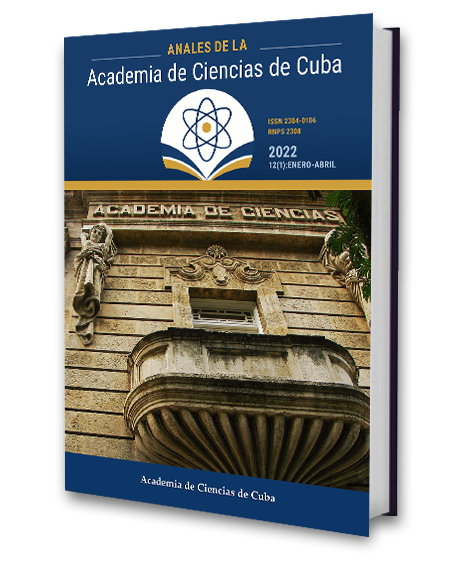Technology surveillance model based on patterns associated with critical factors and its applications
Keywords:
technology surveillance, patterns, critical factors, applicationsAbstract
Introduction. The limited structuring of available knowledge on the practices and references of Technological Surveillance (TS) in dissimilar contexts, the diversity of management objectives, the opportunities offered by the social web technologies,and the growing demands of Cuban organizations for knowledge generation in order to implementthe Guidelines of the Economic and Social Policy constitute motivations for searching standardized alternatives of TS, guaranteeing its generalization. The scientific problem is: the existing TS references lack a standardized structure that allows them to be comparable and its generalization for applications of different complexities, limiting the capabilities generation in organizations to find the required knowledge for the solution of dissimilar needs and objectives. The hypothesis of the research is that a TS model based on social web technologies and patterns associated with the TS’s Critical Factors (CF) will allow to generate and systematically increase TS capabilities according to objectives and scenarios of use supported. The general objective is to design a TS model based on patterns associated with CF, verifying its usefulness and usability. Methods. The TS Model based on patterns associated with CF, called MOVTUP, is conceptualized by definitions, scope, objectives, principles; the model has four procedures to: generate patterns; implement TS patterns in usage scenarios; provide feedback and improve the pattern catalog; to establish support with social web technologies. Results. The MOVTUP was approved by groups of experts, compared with 61 references, verified in 30 case studies, validating that it allows generating and increasing TS capabilities, demonstrating its usefulness and usability.Downloads
Published
How to Cite
Issue
Section
License
The journal Anales de la Academia de Ciencias de Cuba protects copyright, and operates with a Creative Commons License 4.0 (Creative Commons Attribution-NonCommercial License 4.0). By publishing in it, authors allow themselves to copy, reproduce, distribute, publicly communicate their work and generate derivative works, as long as the original author is cited and acknowledged. They do not allow, however, the use of the original work for commercial or lucrative purposes.
The authors authorize the publication of their writings, retaining the authorship rights, and assigning and transferring to the magazine all the rights protected by the intellectual property laws that govern in Cuba, which imply editing to disseminate the work.
Authors may establish additional agreements for the non-exclusive distribution of the version of the work published in the journal (for example, placing it in an institutional repository or publishing it in a book), with recognition of having been first published in this journal.
To learn more, see https://creativecommons.org






